
If you have any stakes in agriculture, you may have noticed a fairly rapid drying trend as summer has come to a close.

If you have any stakes in agriculture, you may have noticed a fairly rapid drying trend as summer has come to a close.
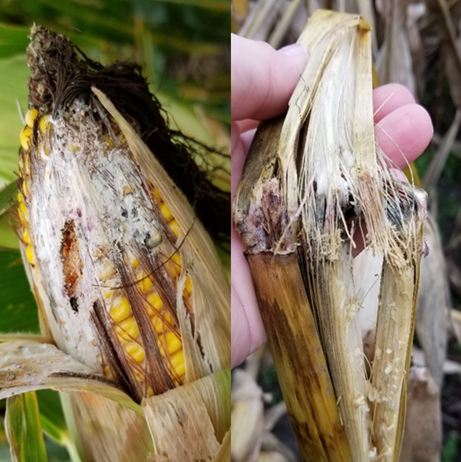
It is now time to evaluate fields for any stalk or ear rot symptoms. This will aid in making assessments about field harvest order and if there is a risk of mycotoxin contamination.
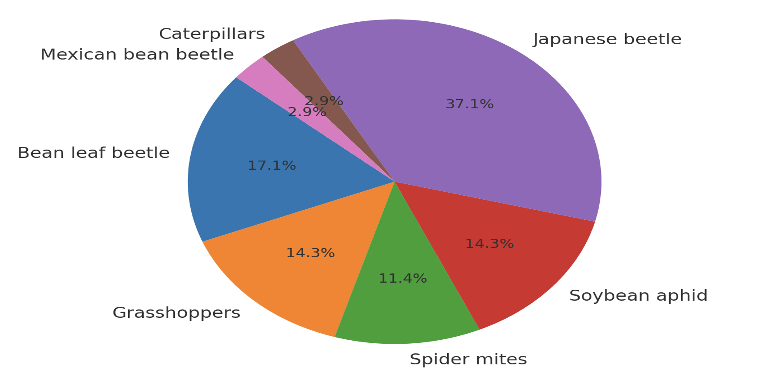
About a month ago, we published an article asking readers for input on what pests they were seeing and what levels of economic damage may be out there in corn and soybean fields.
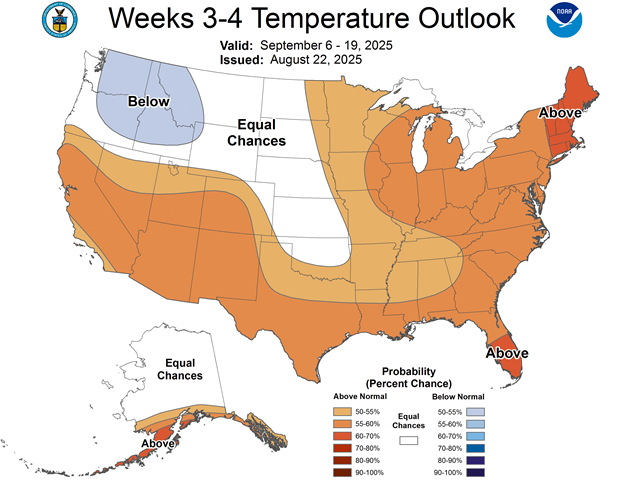
Cooler temperatures are here to stay, for now. Low temperatures have bottomed out in the low to mid-50s across northern Indiana in recent days, with isolated pockets of temperatures in the 40s.
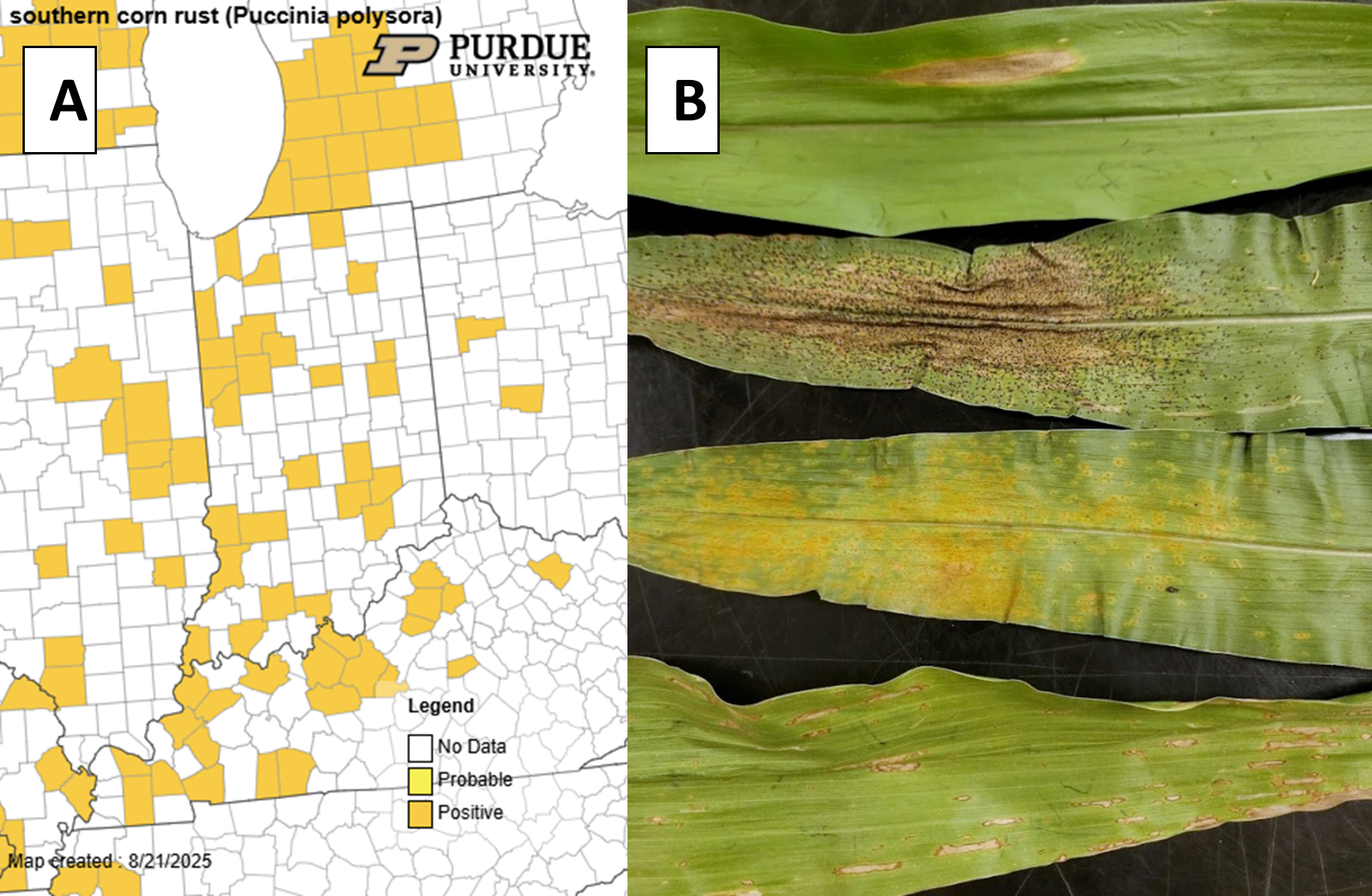
A number of foliar diseases have made an appearance in corn across Indiana.
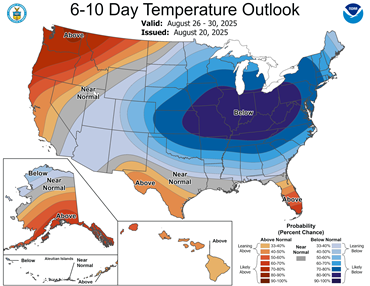
With brute and sudden force, the atmosphere is doing its job: acting like a fluid.

Precipitation over the last 30 days has been very spotty, the usual narrative when dealing with summertime convection.
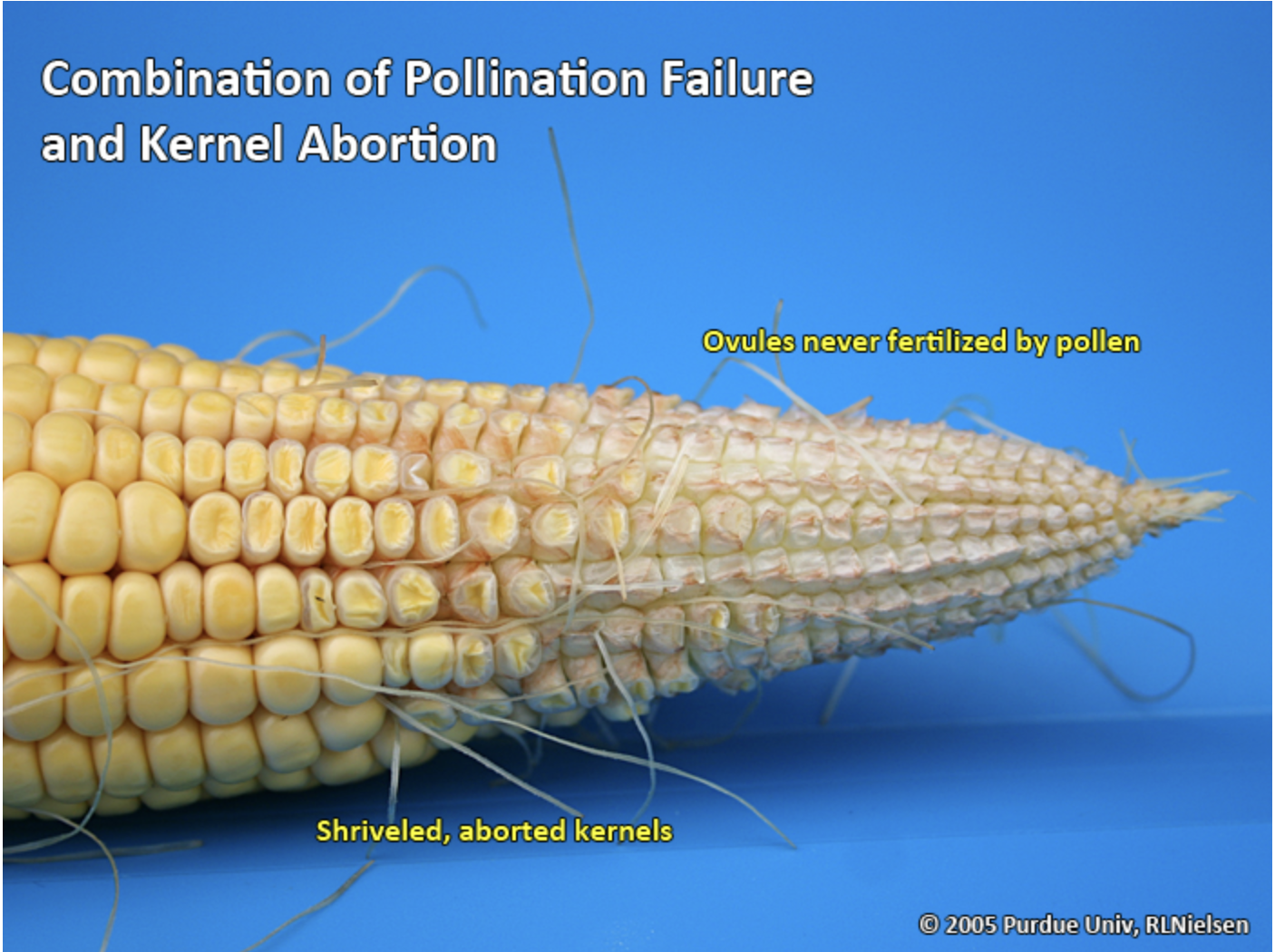
Yield potential in corn is influenced at several stages of growth and development.
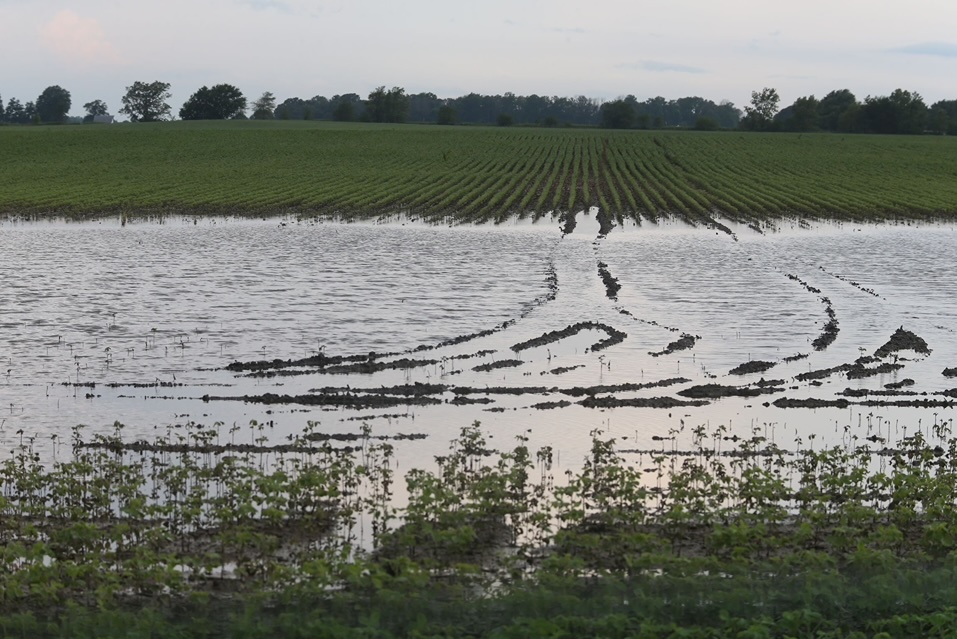
This article was originally posted on the Ag Climate Dashboard, located at https://ag.purdue.edu/news/2025/08/new-ag-climate-dashboard-makes-climate-resources-more-accessible-for-midwest-farmers.html WEST LAFAYETTE, Ind. — The Midwestern Regional Climate Center (MRCC), with support from the United Soybean Board, has launched the Ag Climate Dashboard — a centralized digital hub offering streamlined access to integrated climate and agricultural data and decision-support tools for producers, advisors and researchers in the Midwest. Designed to support on-farm decision-making, the Ag Climate Dashboard offers up-to-date weather data, National Weather Service forecasts, Climate Prediction Center outlooks, historical records and interactive tools for monitoring crop growth, pest threats, climate anomalies and extreme weather events. The dashboard also connects users to regional ag climate products and a variety of state-specific resources. State-specific pages, such as Indiana’s, link to tools and resources like the Purdue Mesonet and the Indiana State Climate Office. “We want to provide as much clear, well-organized information to producers and advisors as possible[Read More…]
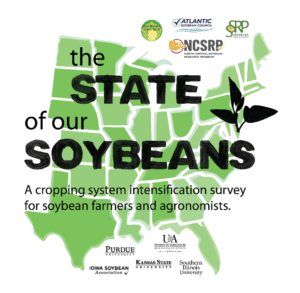
Hello to all of our faithful readers! I hope that the 2025 growing season has started to wind down for most of you and that you’re catching a well-deserved break before harvest season kicks into full gear. I’m writing this post to request your help once again with completing a survey (https://bit.ly/soy-survey) as a part of national research effort between agronomists and weed scientists. This survey will help provide insights into current soybean production practices, weed management strategies, and opportunities for the implementation of alternative production strategies. Agricultural scientists from Kansas State University, Purdue University, the University of Arkansas, Southern Illinois University Carbondale, and the Iowa Soybean Association (in collaboration with the checkoff-funded North Central, Mid-South, South, and Atlantic soybean regions) would like your help in gathering soybean management information, perspectives on intensification methods (including double cropping and intercropping), and economics regarding these management strategies. We would appreciate you taking[Read More…]
© 2025 Purdue University | An equal access/equal opportunity university | Copyright Complaints | Maintained by Pest&Crop newsletter
If you have trouble accessing this page because of a disability, please contact Pest&Crop newsletter at luck@purdue.edu.